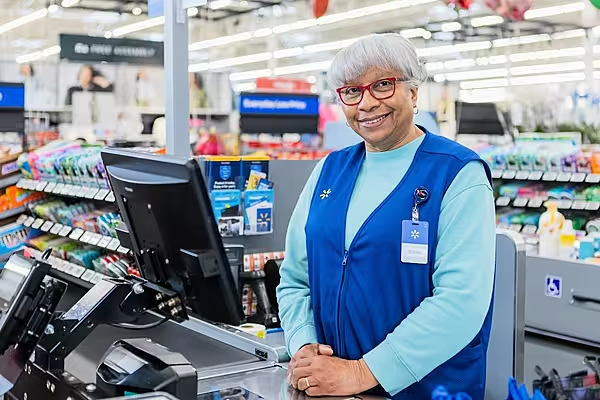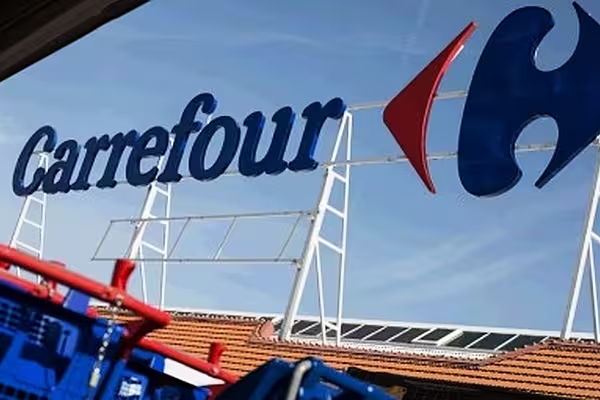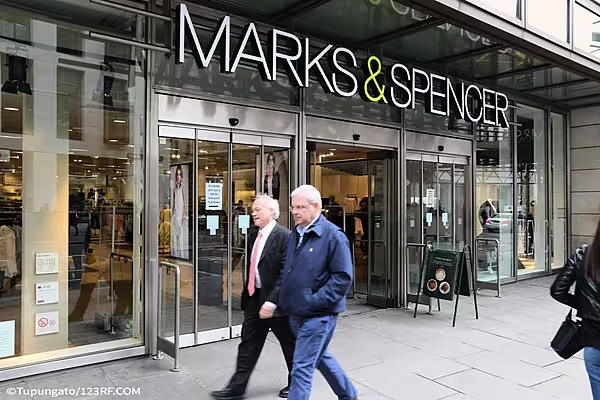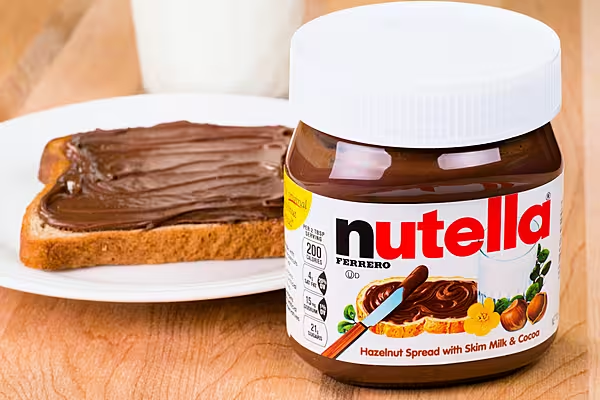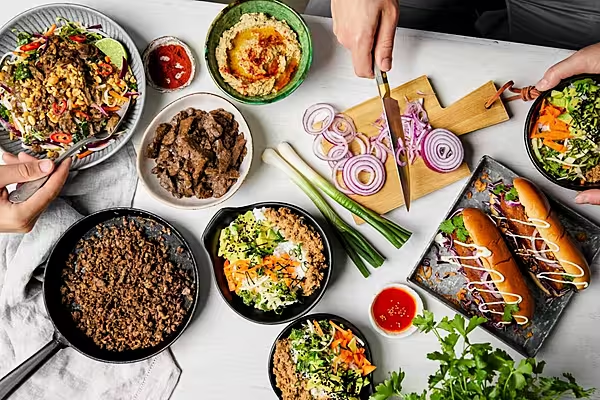With online grocery shopping on the rise, brands are not taking full advantage of the opportunities offered by e-commerce platforms, a new study by Gartner has found. This article first appeared in ESM Issue 1 2020.
The growing sophistication of e-commerce grocery platforms, as well as pure-play online retailers, offers opportunities for brands to gain cut-through with an increasing number of online shoppers, however, not all are taking advantage of this.
That’s according to a series of studies on the UK and German markets, which explored the level to which both food and non-food brands are building a presence online.
Within the UK, for example, the Gartner Digital IQ Index examined the digital performance of 90 brands across 12 categories in the UK food sector. It found that as just 15% of these brands offer a direct-to-consumer function, retailer e-commerce sites – either as part of mainstream operators like Sainsbury’s and Tesco or pure-plays like Amazon and Ocado – represent a ‘crucial component’ of a brand’s online success.
“For brands, there’s often a fine balance in where they invest their budgets and where they get the majority of their sales, and, currently, the majority is offline,” says Gregorio Ossola, principal, research, at business intelligence firm Gartner, “but a lot of brands are starting to realise that they are falling behind in the digital space. In some cases, smaller, nimble brands are taking advantage of this.”
At the same time, for many brands, purchasing ‘shelf space’ on a virtual platform is relatively uncharted territory. Up until recently, retailer e-commerce platforms lacked the sophistication to warrant significant brand investment.
“Plus, brands have long been adept at identifying prime shelf locations in the traditional retail environment – retailers have been, for years, very confident at monetising that space,” says Ossola.
The rise of Amazon changed all that.
Sponsored Brands
According to Gartner’s UK study, brands that invest in Amazon’s Sponsored Brands platform, earning them a better position on ‘page one’, now own 28% of the marketplace, however, some are embracing this platform more than others.
Brands over-index in the canned food, flavouring and cereal categories on Amazon, with investment stemming from just a few brands, such as Knorr and Quaker.
Quaker’s sponsored brands, for example, appear for nearly 70% of non-branded keywords, such as cereal, porridge and oats, which has led the brand to be one of the best-selling in its category.
Coupled with Amazon’s lightning-quick delivery pledge, it’s not difficult to see why the online giant has caught the attention of its more traditional rivals.
“Amazon is new to the game. It still needs to earn the consumer’s trust about the products it manages to put on its platform, particularly around grocery,” says Ossola. “I would say the acquisition of Whole Foods was very much a step into that direction, building consumer confidence and enabling Amazon to say, ‘Not only are we going to ship the products to your door in the next two hours, they’re also going to be high-quality products.’”
On the back of Amazon’s growing sophistication, there was, among rival retailers, a “race to the bottom in terms of who could fulfil online orders fastest,” Ossola adds. “When you have to compete on these terms, and all these options bear additional costs, you have to find ways to make it work financially. These are the things that build that perfect storm, that prompt change.”
While private label takes up significant space on the category pages of many traditional retailers’ online platforms, Ossola expects this to change, as brands come round to seeing the benefits that online marketing investment can offer.
“Private label, as we have seen in offline stores, will never have the prime place on the shelf,” he says. “It will be on the bottom shelf, or in the corner, while the main brand will have prime position.
“At the moment, online is exactly the opposite, but in online, if you’re not in the first two or three rows of results, you might as well not be there. Consumers are not going to pore through three or four pages of results before they find your product. Either you’re there, or you’re not. The cost of not being at the top of the page is much worse online than it is offline.”
Telling A Story
That’s not to say that bigger brands will be better placed to take advantage of this medium. At Sainsbury’s, which launched a similar ‘sponsored products’ vehicle in 2018, major brands tend to focus on some specific categories, namely ice cream, where Magnum over-indexes.
The Unilever brand now owns 80% of all sponsored products in its category, which, in turn, is complemented by call-outs in primary navigation and via a branded banner.
“In the FMCG space, Unilever or P&G, are, in most cases, some of the leading brands online because they can afford to make the investment,” says Ossola, “but it’s not just the size of the investment that makes a brand successful, it’s the efficiency of that investment, and that’s where smaller brands often have a key advantage.
"They are more nimble and are able to react quickly to consumer trends and value-based marketing. Being able to modify your offering quickly, without having to go through all these bureaucratic steps, means you can be first to market with what a consumer is looking for.”
Ossola gives the example of Revolution Beauty, an up-and-coming brand in the cosmetics space, which, following significant investment in Superdrug’s online channels, caught the eye of Boots and has since gone on to similarly drive significant traffic to the latter’s network.
Embracing Keywords
In addition, Gartner’s studies also suggest that brands are losing out by not taking ownership of related keywords on e-commerce platforms.
“You will have a portion of consumers who are brand loyal and will only want Heinz Beans, for example,” says Ossola, “but what brands are failing to capitalise on is consumers whose mind is not already set on a specific product. That is where the largest opportunity is.
"At the same time, I wouldn’t necessarily say that it’s the brand’s fault for not capitalising entirely on this. It’s more to do with brands not optimising their product pages or product titles to capture these non-branded terms.”
Ossola references the De Cecco pasta brand’s online presence in Germany, which while keeping product identifiers simple for consumers – ‘De Cecco spaghetti’, for example – neglected to consider that many shoppers might be looking to shop the wider pasta category.
“Our study found that De Cecco forgot to add key non-branded terms, such as ‘pasta’, and that is what the consumer is looking for. I may be looking for spaghetti, but, more likely, I will be searching the pasta category – and this is where other brands took advantage of the opportunity, or are seeing a significant rise on the search result pages.”
A key area in which brands are under-indexing when it comes to keywords is health and well-being. According to Gartner, Tesco and Sainsbury’s are among the brands that have invested heavily in private-label vegan products, a market that is expected to climb 26%, to reach £932 million (€1.1 billion) by 2021.
‘Currently, Index brands fail to optimise content for health-related keywords, leaving retailers to push their private labels and other brands,’ Gartner notes.
The Wrong Focus
Another area in which brands are potentially misstepping is around recipes, Gartner furthers. While 59% of UK food brands that it studied offered recipe sections on their websites, recipe content on sites accounts for just 6% of total page views.
Barring a few exceptions – Old El Paso is singled out as offering a recipe platform that consumers find engaging – Gartner suggests that brands would be better served by repurposing content to established recipe sites.
“If we think about how consumers research recipes or recipe content, they are not likely to do it through a brand’s website,” says Ossola. “They will search Google, and Google will present results based on relevance and how trustworthy a site is. With that in mind, generally speaking, you cannot compete with BBC Good Food, Chefkoch, or other major recipe sites. Established outlets will have an inherent advantage.”
Retailers also have an advantage when it comes to recipe site development, as they “provide the closest link to shopping for a particular product,” Ossola adds.
“When you find the recipe you are looking for, you can buy the product direct from the platform. We’re also seeing the rise of plug-ins, such as Whisk, on many established recipe sites that link back to retailer sites, to enable people to purchase what they need.”
Social Media
And what of social media? While most brands understand the importance of having a social presence, be that through Facebook, Twitter, Instagram or other platforms, the medium can be somewhat more ‘erratic’ than a traditional website or established retailer platform.
In two Gartner reports on the UK market, social media formed a key part of the digital infrastructure of the best-performing brands online, whether that be through the strong Instagram performance of Twinings Tea (the best-performing food brand) or novel campaigns such as #ThankYouMidwife at Pampers (the best non-food performer).
“Brands need to be where consumers need them most, and for many consumers, particularly younger ones, not having a social-media presence could hinder brand performance in the long run,” says Ossola, noting that some brands have taken the bold step of going “all in” when it comes to social media.
“Personal-care brand Right Guard have focused entirely on their social accounts and have removed their brand site,” he says. “From what we can tell, they over-index when it comes to social-media reach, but having no website means that they run the risk of being invisible on Google, where many brand searches start.”
So, with all that in mind, is there a happy medium for brands to consider when investing online?
“Having some degree of presence everywhere is fundamental,” says Ossola. “Once you have a base across platforms, that’s where brands can start tweaking their investment, based on where it benefits them the most in terms of return on investment.”
© 2020 European Supermarket Magazine – your source for the latest retail news. Article by Stephen Wynne-Jones. Click subscribe to sign up to ESM: European Supermarket Magazine.


